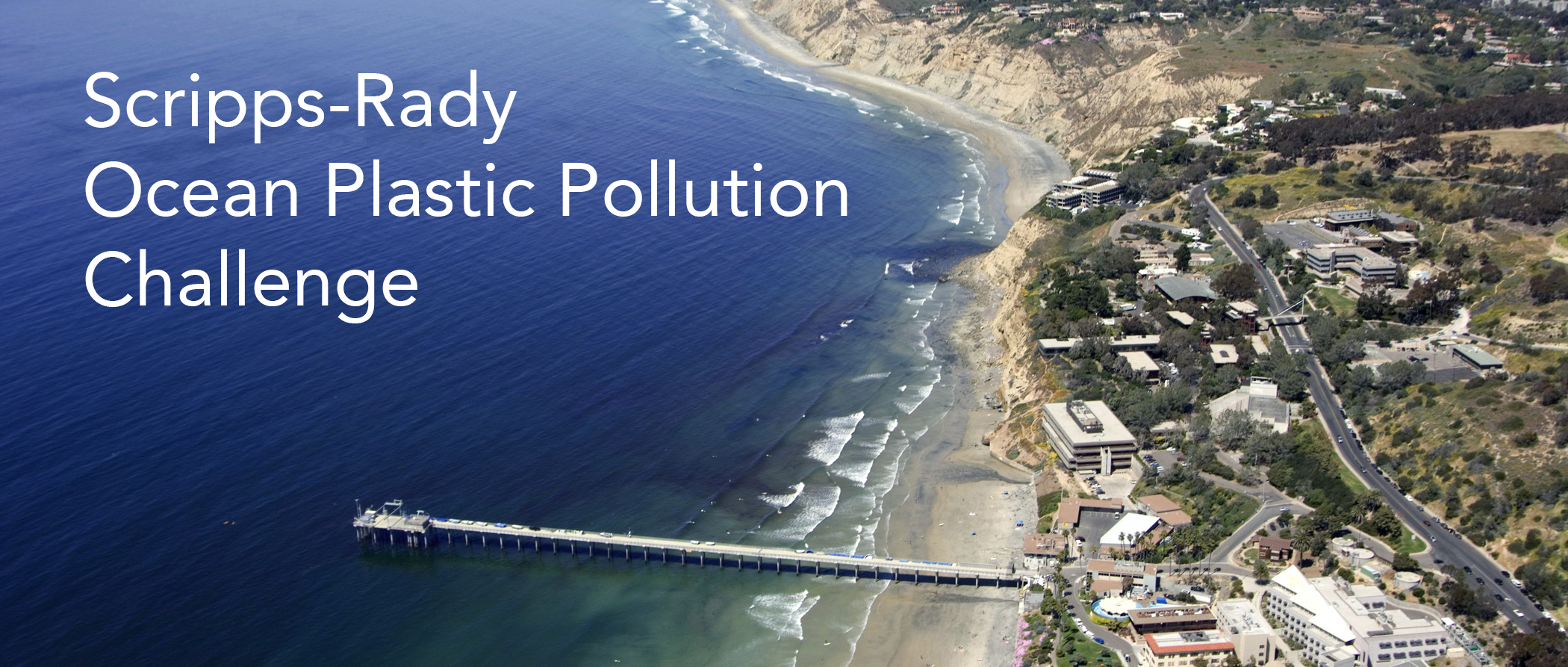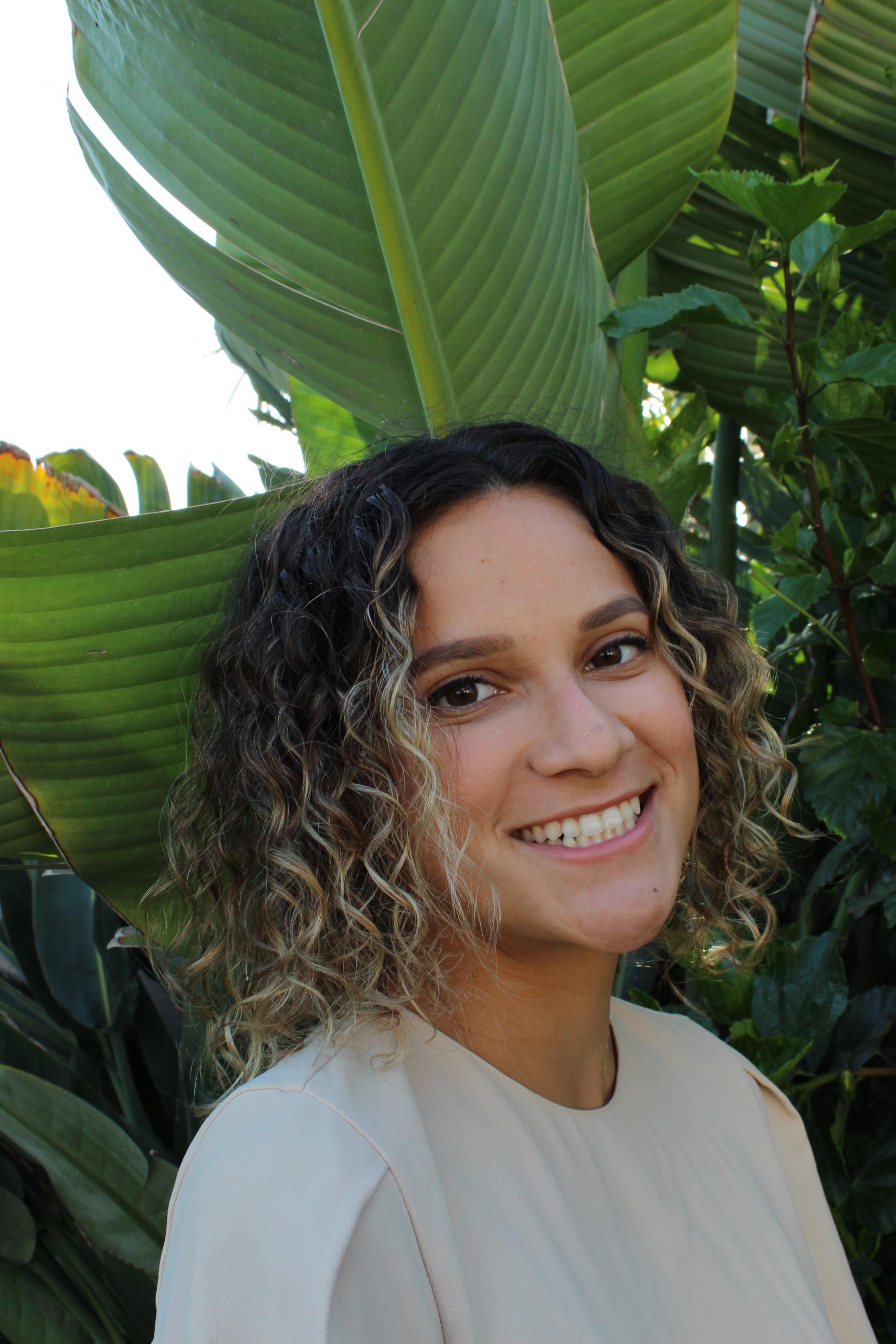
SCRIPPS-RADY OCEAN PLASTIC POLLUTION CHALLENGE
Blog Post: February 22, 2021

What Makes Solutions Work? Lessons for Reducing Ocean Plastic Pollution
By Charlotte Stevenson
February 22, 2021
It is easy to get discouraged when looking at the many environmental issues facing us today. Read the headlines, and there will inevitably be a story about another species on the brink of extinction, critical habitat loss, pollution, or a glacier that is almost gone. However, Dr. Nancy Knowlton, Sant Chair of Marine Sciences Emerita at the Smithsonian Museum for Natural History, was determined to have the Scripps-Rady Ocean Plastic Pollution Challenge participants leave her course with a sense of optimism.
Aiding Dr. Knowlton in delivering environmental stories of success were panelists Dr. Fiorenza Micheli, David and Lucile Packard Professor of Marine Science, Co-Director of Stanford University's Hopkins Marine Station and the Stanford Center for Ocean Solutions, and Professor Mark Jacobsen from the Department of Economics at UC San Diego. Together, they introduced Challenge participants to success stories from their work in greenhouse gas emissions and fisheries, and tried to help participants think about how certain attributes of solutions might be transferable to the problem of marine plastic pollution.
One of the top attributes to a successful solution seems to be a large collective awareness and agreement that there is, in fact, a problem. Dr. Knowlton gave the example of the “ozone hole” which we used to hear so much about in the 1970’s and 1980’s. Once discovered, there was a huge campaign against the major chemical causing the ozone depletion (CFCs), legislated bans and phase-outs, alternative chemistry development, and, eventually, the 1987 Montreal Protocol1 which every single country on earth signed by 2012. Since the protocol, CFC emissions have declined, UV levels have stabilized and the hole is estimated to be repaired by mid century!2 The story of the ozone hole “really shows what we are capable of as humans when we put our minds to a problem,” said Dr. Knowlton. But it first took a global acknowledgement of an urgent threat to human life.
Another attribute of successful solutions seems to be working with the market instead of against it. Professor Mark Jacobsen explained how California has been relatively successful managing pollution indirectly by using market based incentives to control energy consumption. Instead of banning or limiting the use of gasoline or electricity in a top-down way, California has found ways of creatively hiding fees and taxes on carbon to create incentives for businesses and residents to find their own ways of reducing their carbon footprint. “People will always find a way to avoid costs,” said Professor Jacobsen. He explained that outright restrictions, especially without an imminent threat to human life like the ozone hole, tend to rub people the wrong way, and they don’t necessarily reach the most cost-effective, efficient solution to a problem. In contrast, using market-based incentives will often provide the creative space for many, concurrent, efficient solutions, and a diversity of solutions across sectors is the most impactful. “These are ideas to consider when thinking about market-based solutions to the plastic problem,” said Professor Jacobsen.
Dr. Fiorenza Micheli explained how inclusivity and diversity were attributes that helped a network of small scale fisheries and aquaculture off the Pacific Coast of Baja California become resilient in the face of climate change and even the fluctuating markets due to COVID last year. After declines in many of the fisheries about 20 years ago, the communities, with the help of scientists, began a process of participatory science, bringing a much greater diversity of people, including many women, into the fisheries.
The communities trained residents to conduct oceanographic monitoring, expanded market platforms into social media and even door to door sales, engaged in fishery certifications, created artificial reefs, and even co-designed a network of marine protected areas3 to help protect and boost the health of the fisheries on which they depended. The entire community has engaged in making all their ocean practices and business sustainable, and, as a result, they have been quite resilient through COVID, even with unpredictable seafood markets. This has given rise to the new concept of certifying a whole place instead of just one fishery,4 and this is an idea that could transfer over to plastics; could a whole community or state get certified to deal with waste or plastic in a more sustainable way?
Dr. Micheli emphasized that one of the major benefits of these Baja California fisheries being more inclusive was an increase in innovation. “More diversity brings more innovation,” said Dr. Micheli. Dr. Ayelet Gneezy, Co-Director of the Scripps-Rady Ocean Plastic Pollution Challenge, added that “innovation is not necessarily creating something new. It is not just new technology. It can be who you bring to the table. It can be how you are thinking.”
Challenge participant, Katrina Oprisko, is the Owner of Earthwell Refill, a small business in San Diego that allows customers to bring in their own containers and refill them with personal care products and cleaning supplies, reducing plastic container waste. Katrina recently started noticing that everyone at plastic waste conferences, symposiums, and city council meetings were all alike, and she sees an urgent need to bring a greater diversity of voices into the discussion about plastic waste solutions. “All these players are from the same socio-economic background, so we have the leisure to put our minds to this plastic problem,” Katrina says. “Our challenge is to engage and share our passions with a society that doesn't have that privilege. Our challenge is to make talk of micro plastics, composting, and plastic pollution accessible to all.” Perhaps like Dr. Micheli saw in Baja California, a greater diversity of players thinking about plastic pollution will result in more innovation, and, hopefully, a more sustainable society as a whole.
Diversity, inclusion, using the market, and a simple awareness that there is indeed a problem are all elements of working environmental solutions. Dr. Knowlton also briefly discussed existing solutions for plastic waste that are working at more local levels. Dr. Knowlton’s goal to have the Challenge participants move to the next phase of their Challenge with optimism seemed to be met. Dr. Stuart Sandin, Co-Director of the Scripps-Rady Ocean Plastic Pollution Challenge, told Dr. Knowlton, Dr. Micheli and Professor Jacobsen, “your discussion offered some important perspectives of hope and agency. Through sustained efforts, even the seemingly most intractable environmental problems can see reversals, and sometimes rapid reversals.”
Challenge participant Liz Plascencia, Master of Environmental Management candidate at the Yale School of the Environment embraced Dr. Knowlton’s optimism. “Human engineered problem, human engineered solutions,” she said. “We got this!”
------------------
1Government of Canada. Ozone layer depletion: Montreal Protocol. Accessed 18 Feb 2021. https://www.canada.ca/en/environment-climate-change/corporate/international-affairs/partnerships-organizations/ozone-layer-depletion-montreal-convention.html
2Douglas, Anne, et al. The Antarctic ozone hole: An update. Physics Today 67, 7, 42 (2014); https://doi.org/10.1063/PT.3.2449
3 Villaseñor-Derbez JC, Aceves-Bueno E, Fulton S, Suarez A, Hernández-Velasco A, et al. (2019) An interdisciplinary evaluation of community-based TURF-reserves. PLOS ONE 14(8): e0221660. https://doi.org/10.1371/journal.pone.0221660
4Micheli, F. Scripps-Rady Ocean Plastic Pollution Challenge Course 6. Lecture, February 16, 2021.


